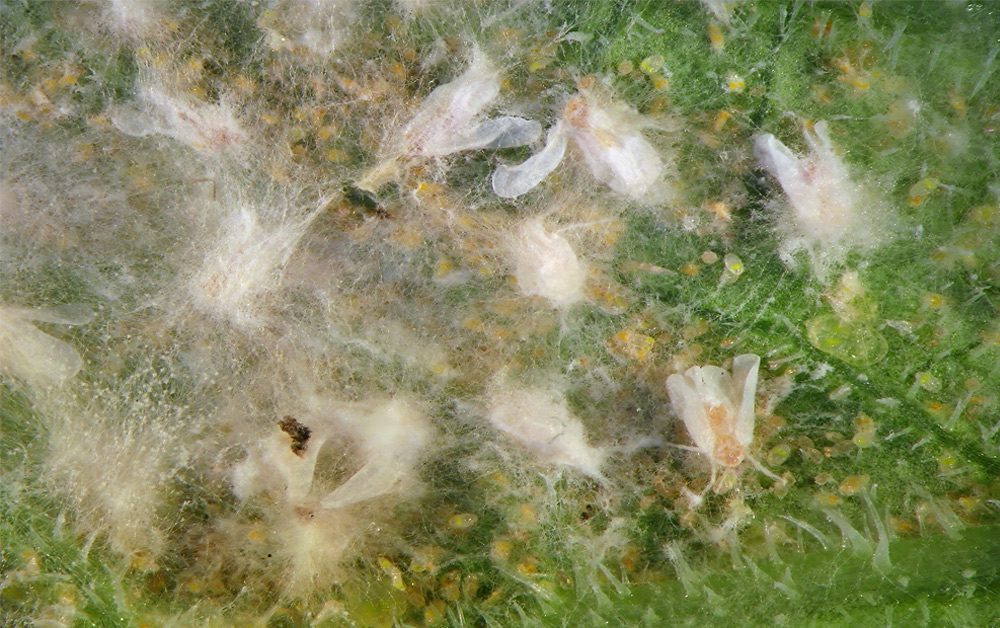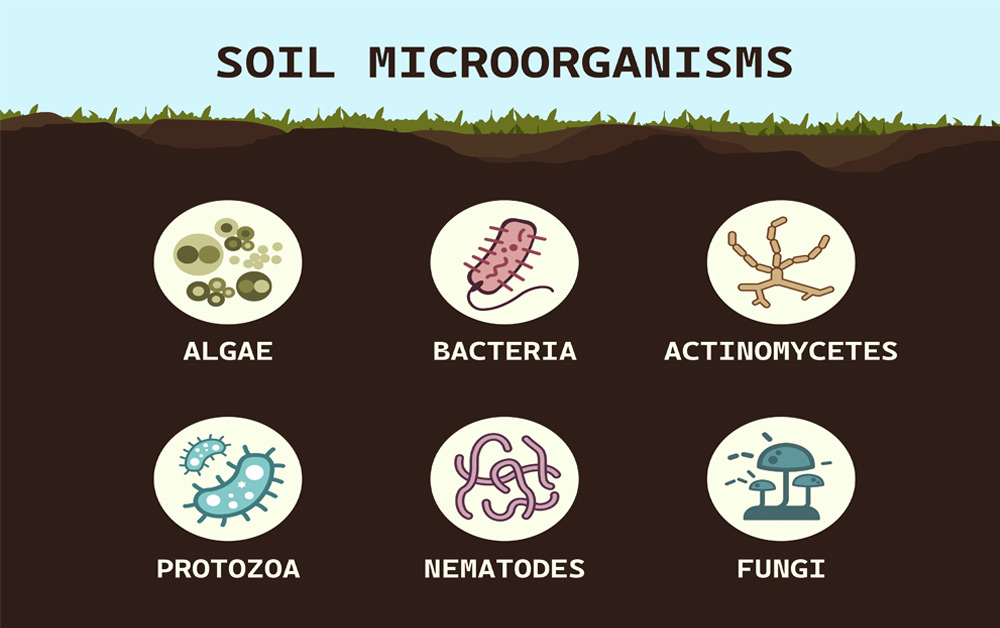Microbial habitats are vital for maintaining soil health, as they provide the environment where microorganisms like bacteria, fungi, and actinomycetes thrive. These organisms play a crucial role in breaking down organic matter, cycling nutrients, and improving soil structure. Without well-functioning microbial habitats, soil fertility declines, affecting crop productivity.
Soil type directly impacts microbial habitats. Sandy soils, for instance, drain quickly, limiting microbial activity, while clay soils retain moisture and nutrients, fostering microbial growth. Loamy soils, with their balanced texture, are ideal for diverse microbial populations. Maintaining healthy microbial environments requires preserving organic content, proper moisture, and soil aeration.
Key Factors Shaping Microbial Habitats in Agriculture
Several elements influence the health of microbial habitats on a farm:
- Soil pH: Neutral pH levels encourage diverse microbial communities.
- Organic Matter: Compost and manure provide food for microorganisms.
- Soil Structure: Aerated soils enable better microbial mobility and activity.
- Moisture Levels: Proper irrigation management ensures microbes can function optimally.
- Temperature: Moderate temperatures are ideal for microbial growth and activity.
How Microbial Habitats Enhance Crop Growth and Sustainability
Healthy microbial habitats form the backbone of sustainable agriculture by driving nutrient availability and plant health. Microorganisms decompose organic matter, releasing essential nutrients such as nitrogen, phosphorus, and potassium in forms readily absorbed by plants. Additionally, beneficial microbes produce natural growth-promoting hormones and enzymes that enhance root development, strengthen plant resilience, and protect crops from soil-borne pathogens. This biological support reduces the need for chemical fertilizers and pesticides, lowering input costs for farmers.
Enhanced microbial activity improves soil structure by binding soil particles, reducing compaction, and increasing water infiltration and retention. This creates an ideal environment for root growth and nutrient uptake, leading to consistent and higher crop yields. Furthermore, these habitats play a pivotal role in carbon sequestration by converting atmospheric carbon into stable organic forms within the soil. This not only helps mitigate climate change but also enhances soil fertility. By fostering robust microbial habitats, farmers contribute to long-term soil sustainability and environmental health.
Best Practices to Foster Healthy Microbial Habitats on Your Farm
- Incorporate Organic Matter: Use compost and green manure to boost microbial diversity.
- Practice No-Till Farming: Minimize soil disturbance to preserve microbial networks.
- Plant Cover Crops: Provide a continuous food source for soil microbes.
- Rotate Crops: Encourage diverse microbial populations by altering crop species.
- Limit Chemical Inputs: Avoid overuse of pesticides and synthetic fertilizers.
How AgNote Can Boost Your Farm’s Soil Health and Productivity
AgNote empowers farmers with tools to monitor soil health and manage microbial habitats effectively. From tracking organic inputs to optimizing field conditions, AgNote simplifies soil management. Sign up for a free 7-day trial today and see how AgNote can transform your farm’s microbial health and productivity.

